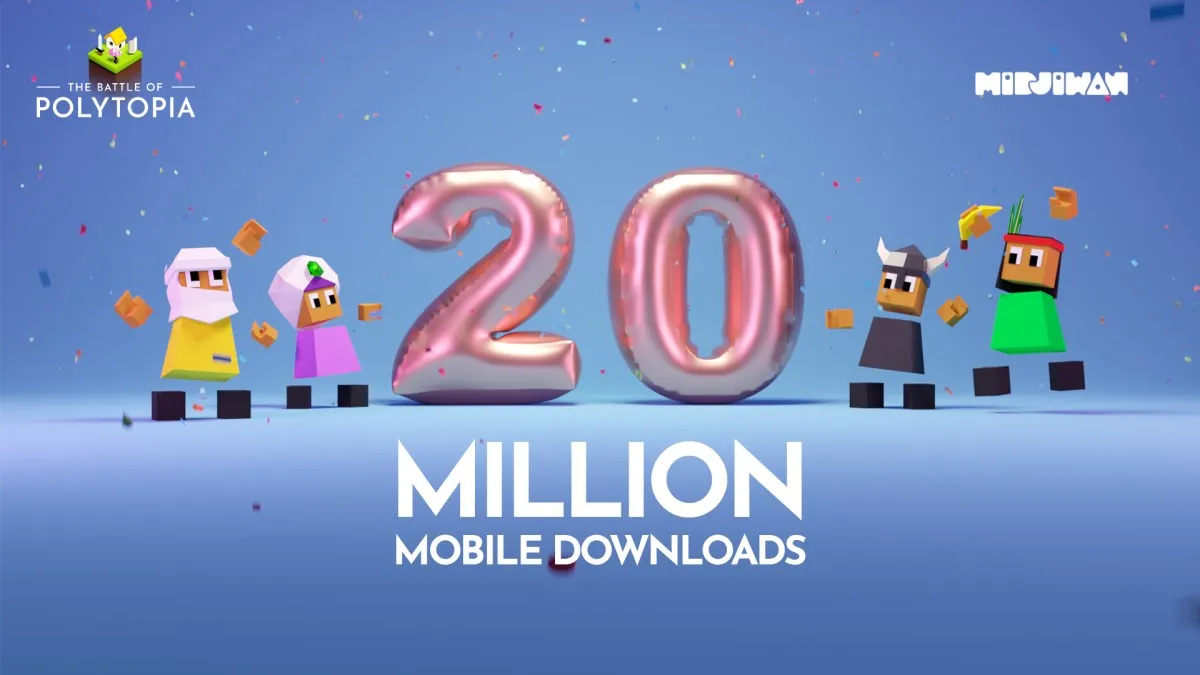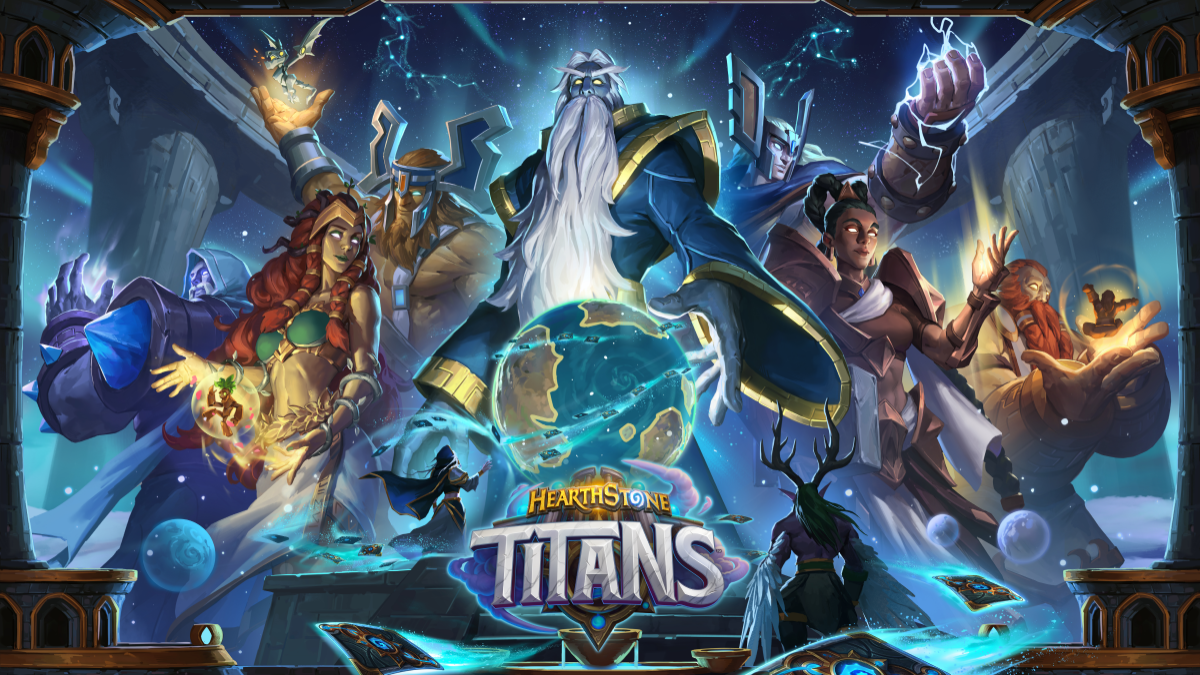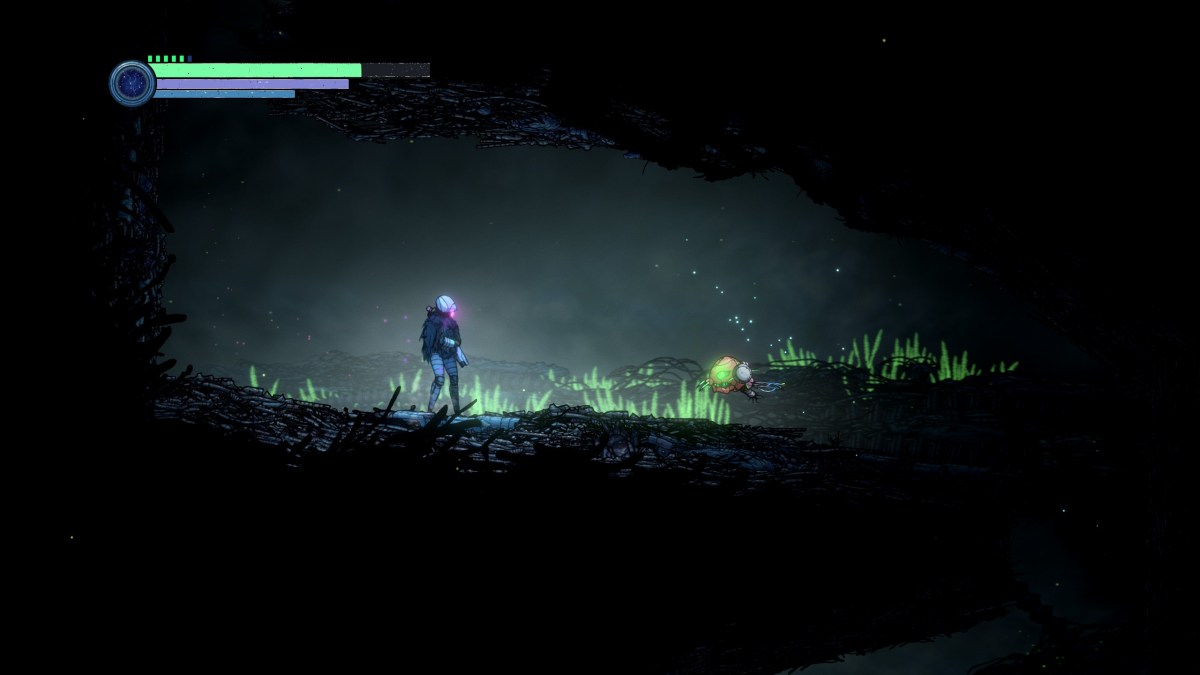IncGamers’ Tamer Asfahani recently got the opportunity to chat to Ninja Theory’s Tameem Antoniades, designer of forthcoming third-person action-adventure Enslaved: Odyssey to the West. Read on for info on the game’s inspirations, visual style, combat, and the potential for a franchise.
How did you approach Enslaved, initially?From the beginning of the project, what we wanted to do was look at everything we did on Heavenly Sword, look at the things we did really well – like the facial technology; the things worked really well – and the things that didn’t work well, or that we wanted to build upon. So we’ve kind of listened to a lot of the criticisms of Heavenly Sword and I believe we’ve improved in every aspect, in terms of game length, in terms of the variety of gameplay, and we’ve really worked well with people like Andy Serkis, Nitin Sawhney, Alex Garland, and everyone’s in it for one reason, and that’s to make it an emotive experience that matters to you when you play it.Enslaved has a very striking visual style. How did that come about?I guess a lot of it’s from our influences – things we like. Like, for example, we like colour. [Laughs] That’s why Heavenly Sword was so colourful, and that’s what Enslaved is colourful. But how do you make post-apocalyptic colourful? We watched a programme called Life After People, which imagined “What would the world be like if people disappeared today?” And it’s amazing how fast nature reclaims our cities, and it’s amazing how quickly the things that we think are permanent in civilization just crumble and go away. And what that gives you is an opportunity to make amazingly beautiful landscapes, full of colour – like Miyazaki movies – with a lot of nature in there, but then there’s the threat of all these old machines left from wars long-forgotten that are still deadly. If you trip them, they wake up, and they kill you. Going on a journey across these landscapes is kind of bittersweet; it’s kind of like, “What are we to the world?” in a way. There’s no big ecological message to it, there’s just a nice contrast.The feeling of nature and humanity and industrial machinery and stuff – there’s just something about it. There’s more of a mood that I take out of it rather than the specific stories. For this game, the story’s based on Journey to the West, which is a 400-year old classic Chinese novel. It’s been adapted into Monkey, the TV series in the 80s, and all kinds of Damon Albarn operas. There’s something enduring about that story, and those characters in that story, so we just wanted to add our own twist to it – our own interpretation.How did your work on Heavenly Sword inform the decisions you made about the combat in Enslaved?The combat system is very different from Heavenly Sword. Heavenly Sword was all combat – the whole game was built around it, and in this game, it’s a component. So there’s a lot of clambering and platforming, a lot of puzzle solving with Trip, and there’s combat, so it’s about a third of the game.We wanted to make it accessible, and accessible doesn’t mean making it easy. It means not focusing on having hundreds of combos that you memorise, but making every move simple to pull off. You’ve got your normal attacks, your heavy damage attacks, blocks, counters, evades, you’ve got a stun attack so you can stun some enemies and incapacitate them while you take out others, wide attacks so that if you’re surrounded you knock away all the enemies apart from the one you’re targeting. And then you’ve also got the takedowns. Trip can scan enemies for weaknesses, and if an enemy has a certain weakness, you can try and get to them first. Instead of going all-guns-blazing and taking on four or five guys at the same time, why not clamber around the back to that one guy who’s got a weakness where you can rip off his gun, use that to then mow down the others, and be more efficient about it? Or get Trip to cause a distraction, flank the enemies… So at the base level there’s a good core combat system, and on top of that there’s a more tactical element. I think games should be as much about mental agility as much as they are about physical dexterity.{PAGE TITLE=Enslaved: Odyssey to the West Interview Page 2}Can you tell us a bit about the world of Enslaved – the setting, the characters, the story?You’ve found yourself in this world that’s about 150 years in the future. There’s been lots of disasters that have happened. We don’t dwell on them – we just know that it’s about 50 years since the last big war was fought, and Monkey and Trip have no memory, at this point, of what happened. They have no understanding of what civilization was like. What they do know is that the world’s a dangerous place and they both deal with it in different ways. Monkey’s like a loner; he’s like Rambo. He stays out of trouble, he stays out in the wild. When push comes to shove and he’s cornered by these dangerous mechs, he will fight back. He’s got the staff and he’s got these big metal fists that also protect him as a shield. So he’s violent; he’s rough and ready. Trip comes from a community that her father set up, and there’s a few hundred people in that community. They grow their own food, they filter their own water, they have their own schools – they’re like a commune. They reappropriate and reprogram old technology to give energy. They’re educated and very resourceful.They’re under constant threat – everyone in this world is under constant threat with these slave ships that pick up people, capture them, slap on these mind-controlling slave headbands, and ship them out west, and nobody knows why that is. But Monkey and Trip both find themselves on a slave ship at the beginning of the game. They don’t know each other, and they both escape, but they do it in different ways. She’s resourceful and uses her hacking ability; he uses his violent brute force, punching and thrashing and climbing his way out of the ship, and way the slave ship crashes into New York, she takes an opportunity to – while he’s unconscious – get one of these slave headbands, stick it on his head, reprogram it so it operates under her voice command, and she rigs it so that if she dies, he’ll die. She does it not because she’s evil – she does it because she’s scared. She knows that she’s not going to survive on her own and she’s seen how tough he is, and she thinks he can get her home.The journey west is across North America, so you start in New York. New York is used because it gives you a point of reference that everyone knows about in the real world. As you go through the landscapes, it does become a bit weirder, so you might go across like a graveyard of giant robots that once fought in this big battle. You go through them, and they’re not alive, although some might be twitching, and it’s a very eerie moment. Or you’ll get to Trip’s village and it’s a totally beautiful landscape in the mountains. But you don’t go off the planet, or anything – as much as possible, we wanted to keep it plausible.Does that mean that there’s room to expand on the IP and possibly continue the story?One of the things that Alex Garland taught me is that you have to treat every project as your last. Make sure that there’s a beginning, middle, and ending, and any cool ideas you have, you put into that project. You don’t hold back. So as far as we’re concerned, Monkey is its own story. If it’s successful, there is room for more, but it’s designed to work as its own story.How about DLC? Could we see multiplayer?We’ve got a plan for DLC which hasn’t been announced yet, and I don’t think it’s going to be announced for a little while yet, but it’s definitely something that’s not going to be like multiplayer. It’s not that kind of DLC. It’ll probably be story focused.So there’s not going to be any co-op in the game? This is just a pure single-player game?Yeah, this is a pure single-player game.Finally: on the whole, how’s the project shaping up? How are you feeling about it, now that it’s been in development for awhile?It’s actually been pretty good. We’ve managed to keep a fairly low profile, which suits us just fine, and I’d rather actually be kind of the underdog, under the radar, and come out with something cool. I think Heavenly Sword was totally the opposite, and right now I feel quite comfortable with how things are going.Tameem, thank you very much!
Recommended Videos
PC Invasion is supported by our audience. When you purchase through links on our site, we may earn a small affiliate commission. Learn more about our Affiliate Policy
Author
Paul Younger
Founder and Editor of PC Invasion. Founder of the world's first gaming cafe and Veteran PC gamer of over 22 years.
We have upgraded our commenting platform! Existing comments will be imported over the next few weeks.






Published: Jun 1, 2010 11:33 am